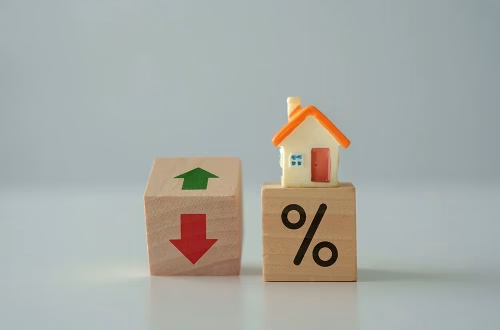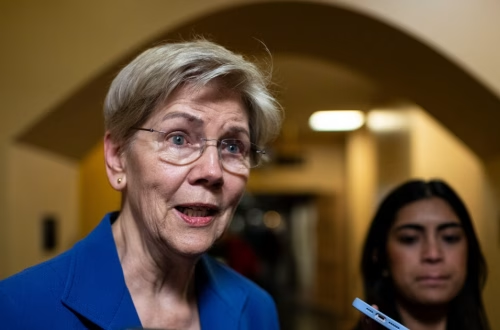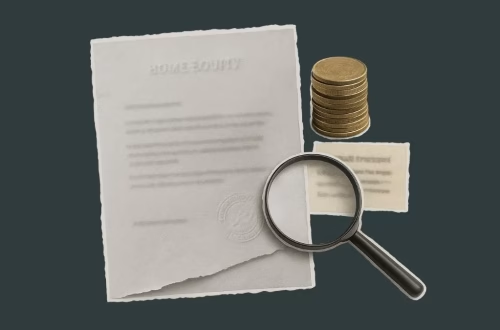Are There No-Down-Payment Mortgages for First-Time Buyers?
Summary:
No-down-payment mortgages offer first-time buyers a path to homeownership without the burden of saving for a large upfront payment—addressing a key barrier in today’s high-cost housing market. Programs like VA, USDA, and state-specific initiatives enable qualified borrowers to finance 100% of their home purchase, while alternatives like down payment assistance grants further expand accessibility. However, these loans often come with trade-offs, such as private mortgage insurance (PMI) or stricter eligibility requirements. Understanding these options is critical for aspiring homeowners, investors, and business owners seeking to leverage real estate assets with minimal initial capital.
What This Means for You:
- Immediate Homeownership Access: If eligible (e.g., military service or rural location), you can purchase a home with $0 down, accelerating your entry into the market.
- Potential Higher Long-Term Costs: No-down-payment loans often include higher interest rates or PMI; budget for these added expenses.
- Credit and Income Matter More: Strong credit scores (620+) and stable income are crucial to offset the lender’s risk.
- Future Warning: Rising interest rates may increase competition for these programs—act swiftly but cautiously.
Explained: Are There No-Down-Payment Mortgages for First-Time Buyers?
A no-down-payment mortgage allows borrowers to finance 100% of a home’s purchase price, eliminating the traditional 3%–20% down payment requirement. These loans are typically backed by government agencies (e.g., the U.S. Department of Veterans Affairs or USDA) or structured as conventional loans with lender-specific concessions. In exchange for minimal upfront costs, borrowers often face stricter credit thresholds, mandatory insurance, or geographic restrictions.
In today’s market, no-down-payment options are increasingly vital for first-time buyers facing stagnating wages and soaring home prices. Programs like the VA Loan benefit military families, while USDA loans target rural and suburban communities. State housing finance agencies (HFAs) also offer grants or second mortgages to cover down payments, broadening accessibility for low-to-moderate-income borrowers.
“Are There No-Down-Payment Mortgages for First-Time Buyers?” Types:
1. VA Loans: Exclusively for veterans, active-duty service members, and eligible spouses, VA loans require no down payment or PMI, offer competitive rates, and have flexible credit requirements. Drawbacks include a one-time funding fee (2.3%–3.6% of the loan).
2. USDA Loans: Available in designated rural areas, USDA loans support low-to-moderate-income buyers with 0% down. However, income limits apply, and borrowers must pay an upfront guarantee fee (1% of the loan) plus annual fees (0.35%).
3. Conventional 97/3 or HomeReady®: Fannie Mae and Freddie Mac offer 3%-down programs, but paired with down payment assistance grants (e.g., state HFAs or nonprofit programs), these can effectively become no-down-payment solutions. The trade-off is mandatory PMI until 20% equity is reached.
Requirements of “Are There No-Down-Payment Mortgages for First-Time Buyers?”:
Eligibility hinges on creditworthiness, property location, and borrower profile. VA loans demand military service verification, USDA loans require income below 115% of the area median, and conventional programs need FICO scores of 620+. Debt-to-income ratios (DTI) typically must stay under 43%, and the property must be a primary residence.
“Are There No-Down-Payment Mortgages for First-Time Buyers?” Process:
1. Pre-Approval: Submit financial documents (pay stubs, tax returns) to a lender to confirm eligibility and loan amount.
2. Application & Underwriting: Complete a formal loan application; the lender verifies employment, assets, and credit history. For VA/USDA loans, additional agency-specific paperwork is required.
3. Appraisal: The home must meet minimum property standards (especially for USDA/VA) and appraise at or above the purchase price.
4. Closing: Sign final documents, pay closing costs (1%–5% of the loan), and receive keys. No-down-payment loans still require upfront fees (e.g., VA funding fee), which can be rolled into the loan.
Choosing the Right Finance Option:
Compare interest rates, loan terms, and closing costs across lenders. VA loans typically offer the lowest rates, while USDA loans have geographic constraints. Watch for predatory lenders pushing high-cost products or unnecessary add-ons. Market conditions also matter: in a rising-rate environment, locking a fixed-rate loan quickly is advisable.
Red flags include lenders discouraging rate comparisons, vague fee structures, or pressuring borrowers to overextend. Always review the Loan Estimate and Closing Disclosure forms line by line.
People Also Ask:
Q: Can I get a no-down-payment mortgage with bad credit?
A: Most programs require a minimum 620 FICO score. VA loans are more lenient (often accepting 580+), but low credit may result in higher rates or denials.
Q: Do no-down-payment mortgages require PMI?
A: Conventional loans require PMI, but VA loans waive it. USDA charges an annual fee instead of traditional PMI.
Q: Are there income limits for no-down-payment loans?
A: USDA loans have strict income caps based on location. VA and conventional programs do not, but debt-to-income ratios must align with lender standards.
Q: Can investors use no-down-payment mortgages?
A: No; these programs are strictly for primary residences. Investment properties require conventional financing with at least 15%–25% down.
Q: How do down payment assistance (DPA) programs work?
A: DPAs provide grants or low-interest second mortgages to cover the down payment, often paired with conventional 3%-down loans to achieve near-zero upfront costs.
Extra Information:
- VA Home Loans Overview: Official guide to VA loan eligibility, benefits, and application steps.
- USDA Rural Development Loans: Detailed criteria for USDA eligibility, including income calculators and property maps.
- Example State DPA Program (California): Highlights how state-level grants can supplement low-down-payment loans.
Expert Opinion:
No-down-payment mortgages are powerful tools but require disciplined financial planning. Prioritize loan comparisons and long-term affordability over short-term savings, as higher interest or fees can negate initial benefits. Consult a HUD-approved counselor to avoid costly missteps.
Key Terms:
- VA loan eligibility requirements for first-time buyers
- USDA rural development loan income limits
- down payment assistance grants for homebuyers
- no PMI mortgage options for military
- low credit score no-down-payment mortgage programs
*featured image sourced by Pixabay.com
Automatic Mortgage Calculator
Welcome to our Automatic Mortgage Calculator 4idiotz! Please just add your figures in the correct sections below and the Automatic Mortgage Calculator will automatically calculate the results for you and display them at the bottom of the page.





